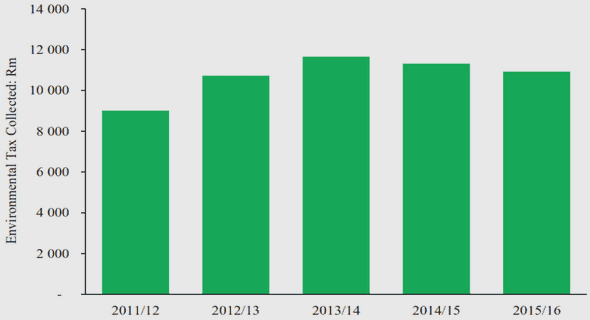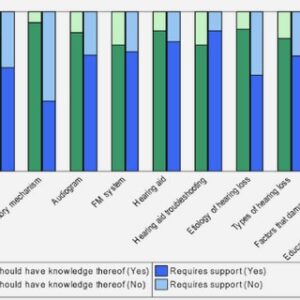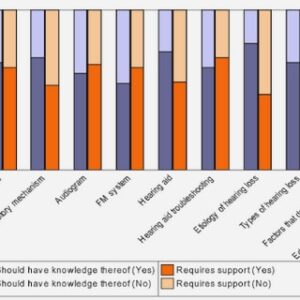(Downloads - 0)
For more info about our services contact : help@bestpfe.com
Table of contents
1. Introduction
a. General framework
b. Bio‐assessment in rivers
c. Diatom biology
d. Diatom diversity: an advantage for bioassessment?
e. Diatom life forms and ecological guilds
f. Geographical distribution of diatom assemblages
g. Diatoms and pesticide contamination
h. Main objectives of the study
• Diatoms and ecoregions
• Taxonomic resolution and alternative metrics in diatom bioassessment
• Diatoms and pesticide contamination
i. References
2. Diatoms and ecoregions
a. Preamble and major results
• Introduction
• Methodology
• Results and Discussion
• Conclusions
• References
b. Paper 1: Benthic diatoms in western European streams with altitudes above 800 m: Characterisation of the main assemblages and correspondence with ecoregions.
• Abstract
• Introduction
• Methods
• Results
• Discussion
• Conclusions
• Acknowledgments
• References
c. Paper 2: Benthic diatom assemblages and their correspondence with ecoregional
classifications: case study of rivers in north‐eastern France.
• Abstract
• Introduction
• Material and methods
• Results
• Discussion
• Acknowledgments
• References
3. Taxonomic resolution and life‐forms in diatom biomonitoring
a. Preamble and major results
• Introduction
• Methodology
• Results and discussion
• Conclusions
• References
b. Paper 3: Biomonitoring river diatoms: implications of taxonomic resolution.
• Abstract
• Introduction
• Methods
• Results
• Discussion
• Conclusions
• Acknowledgments
• References
c. Paper 4: Using diatom life‐forms and ecological guilds to assess organic pollution and trophic level in rivers: a case study of rivers in south‐eastern France.
• Abstract
• Introduction
• Material and Methods
• Results
• Discussion
• Conclusion
• Acknowledgments
• References
4. Diatoms and pesticide contamination
a. Preamble and major results
• Introduction
• Methodology
• Results and discussion
• Conclusions
• References
b. Paper 5: Use of diatom life‐forms and ecological guilds to assess pesticide contamination in rivers: lotic mesocosm approaches.
• Abstract
• Introduction
• Methods
• Results
• Discussion
• Conclusions
• Acknowledgments:
• References
5. Conclusions and perspectives
a. Main conclusions
• Diatoms and ecoregions
• Taxonomic resolution and alternative metrics in diatom bioassessment
• Diatoms and pesticide contamination
b. Future prospects
c. References




